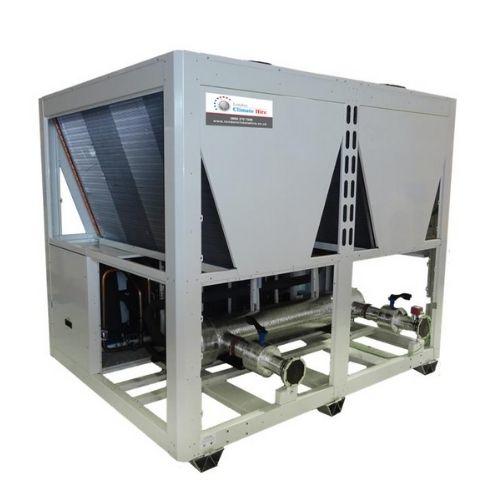Chillers are incredibly helpful for a number of reasons. Essentially a cooling water circulation device, it’s used to control temperature through circulating a liquid (usually water) or heat medium like a cooling liquid with temperatures that were adjusted, in turn, by the cycle of the refrigerant.
In this blog, we will explore numerous typical faults that you may encounter and state some ways to manage them. Before anything else, however, it’s important to remember that chillers are as dangerous as they are pricey.
People that are not competent, authorised or qualified to do work on chillers in a building or in the building of a client should simply leave it to the professionals.
Note the Error Code
Every chiller comes with a display unit; BMS units also have displays. In those cases, the moment a fault is detected, there should be an error code reflected on the display.
Make sure to note the code, then consult the chiller manufacturer. They will be able to access and share a maintenance guide. There will be information included that will likely pinpoint the exact cause of whatever is wrong.
Dealing with High Suction Pressure
When the suction line has a “high pressure” warning, the cause can be traced back to many factors.
Excessive load is the most common one, which is where the cooling load becomes too much for the chiller. It’s important to reduce that if that’s a possibility. Another way to navigate that is to spread it over to other cooling equipment and chillers.
If the expansion valve is feeding too much refrigerant into the system, it’s possible that adjusting the superheat set point will fix this problem. If you want to test this hypothesis, check to see if the expansion valve is overfeeding refrigerant. If you discover this is a problem and you want to replace the expansion valve, try adjusting the superheat set point first.
Dealing with Low Suction Pressure
Look for signs that the refrigerant has run out and top it up if needed. Make sure no gas is leaking from the system and that the pressure isn’t too high, or the refrigeration might be leaking into the atmosphere. If it is, it might release the excess pressure through its safety relief valves.
A blocked expansion valve is highly likely in this case. There could be some debris in there or a buildup of minerals blocking your flow. Do you have access to the valve? If so, you might want to try cleaning it out. Or, if you don’t have access to the valve, do you have a water pump? If so, you can bypass that valve and let the pump take over for it until you can take care of whatever is causing the blockage.
Low suction pressure can also be caused by the temperature of circulating water being too low. Check that the set points and design criteria are set correctly. If necessary, adjust the valves on the cooling towers to ensure that the water temperature is correct.
Conclusion
Chillers are a vital part of any system. There are a number of common faults that can occur; ideally, it’s best to call a professional to handle it. Typical issues include low and high suction pressure.
Need to avail of boiler and chiller rental in London? Reach out to London Climate Hire today! We’re HVAC specialists that provide heaters, generators, boiler chillers, and more.

